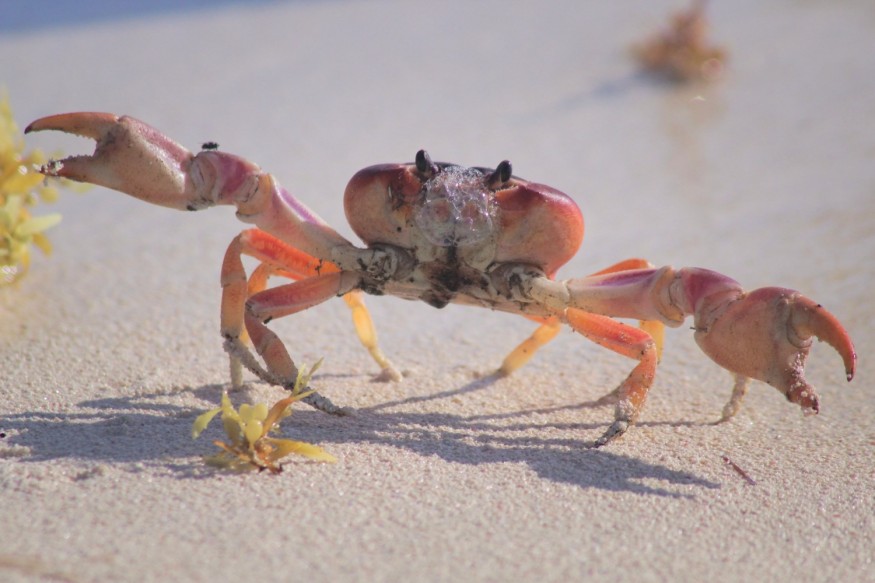Invasive crabs are threatening ecosystems in an island archipelago off the Pacific coast of Canada, with other animals like rats and deer also attacking the unique wildlife of the territory.
Reports earlier this week indicate that the Canada crab invasion is occurring in the Haida Gwaii archipelago, located on the west coast of the Canadian province of British Columbia.
Also known as the Queen Charlotte Islands, Haida Gwaii is rich in endemic wildlife including the Gwaii Haanas National Park Reserve and Haida Heritage Site.
Wildlife authorities even call the archipelago the "Canadian Galapagos" version of the Galapagos Island, a separate archipelago off Ecuador that Charles Darwin visited in 1835 and drew inspiration for his theory of evolution.
However, the invasive crab species, known as the European green crab, is altering the Haida Gwaii ecosystem, leaving some animals vulnerable and even forcing indigenous Haida people to fight a host of other invasive species.
This ecological threat became more evident as the population of the invasive shore crabs, as well as rats killed millions of birds across the archipelago.
Canada Crab Invasion

The European green crabs dominating many local crab species in Haida Gwaii have a track record of consuming clams, mussels, and oysters, and even other crabs and juvenile fish.
Seagrass, which is a crucial marine habitat for different marine animals, is also being destroyed by the invasive Haida Gwaii crabs.
It was during the summer of 2020 when the invasive crab species were discovered on Haida Gwaii.
In this context, one may wonder how non-native crabs arrived into the archipelago thousands of miles away from their European habitat.
Reports state that 150 islands of the Canadian archipelago are under attack not only by the shore crabs but also by a wave of invasive species, as mentioned earlier.
For instance, rats were observed devouring eggs and chicks of ancient murrelets, a species of auk, that once had a population of 30,000 pairs on the nearby Lyell Island.
Now, this bird family is almost nowhere to be seen.
Amid the growing ecological dilemma, Haida Gwaii locals are also supported by several organizations, including the Coastal Restoration Society, which has been reported trapping and freezing the invasive crab species inside a shipping container in the Vancouver Island town of Tofino, British Columbia.
Haida Gwaii Crabs
According to wildlife experts, European green crabs (Carcinus maenas) first arrived on North America's Atlantic coast during the 1800s, with theories suggesting the crustaceans were transported through ships from Europe and North America.
They then reached British Columbia in 1989 after riding vessels that were travelling through the Panama Canal and entering California's Pacific waters.
Experts from Canada's Invasive Species Centre stated that the invasive crab species C. maenas have high resilience and have no natural predators in their local habitats.
In both the Pacific and Atlantic Canada coasts, the European green crabs threaten native eel-grass and they are known for disrupting marine environments, the centre adds.
Related Article : Aggressive Blue Crab Invasion Threatens Farmers in Northeastern Italy
© 2025 NatureWorldNews.com All rights reserved. Do not reproduce without permission.





